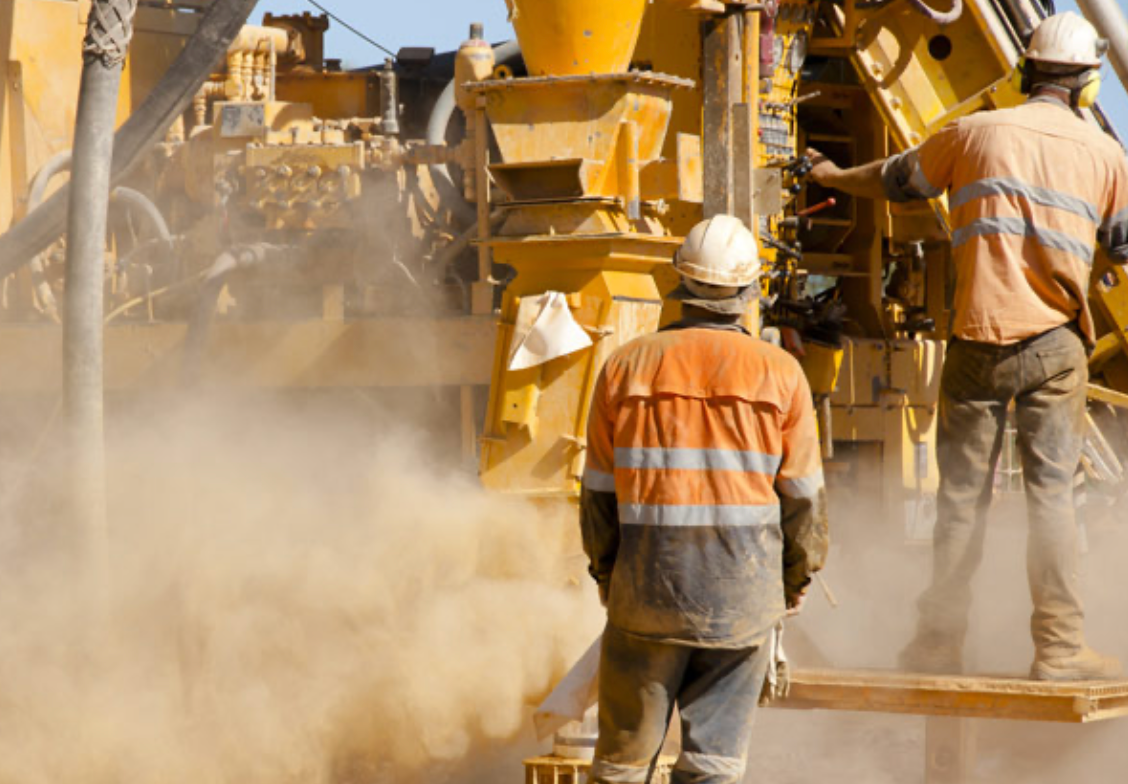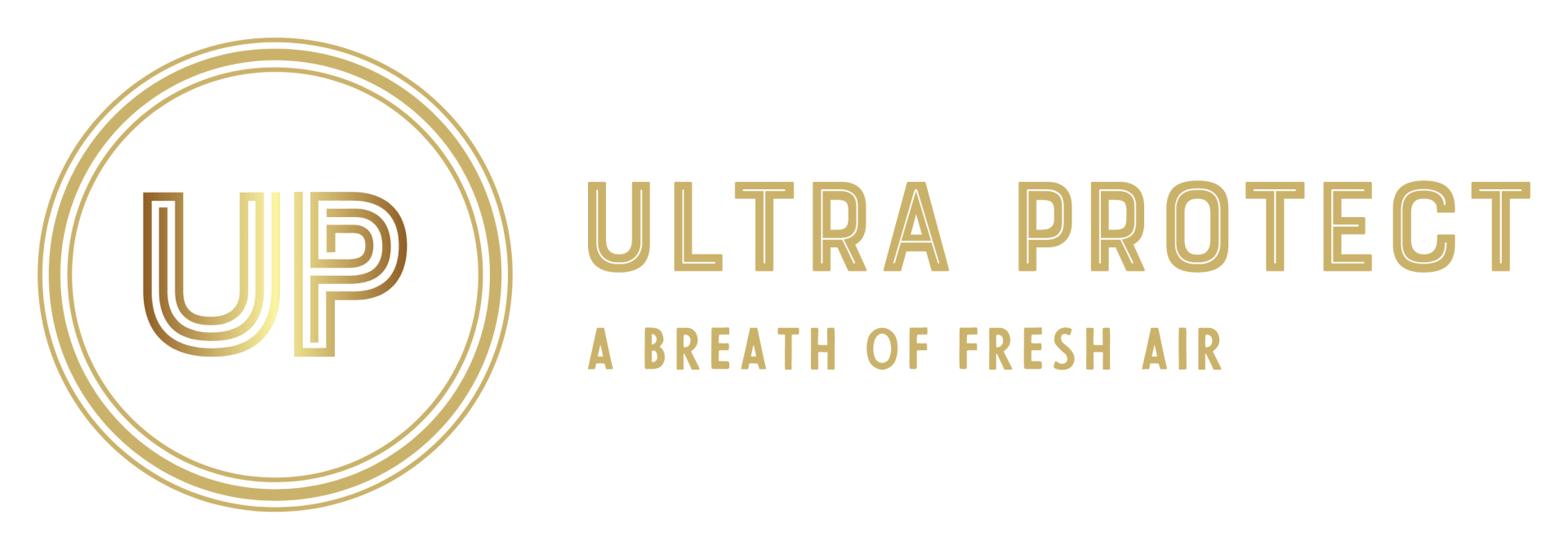Ensuring Air Quality Compliance and Protecting Employee Health

When it comes to workplace safety, the Control of Substances Hazardous to Health (COSHH) regulations are a key player. Mandated by law, these rules require employers to manage exposure to hazardous substances, keeping potential health risks at bay. In this blog, we will delve into the specifics of COSHH concerning air quality, highlighting the importance of staying compliant and looking out for employee welfare.
Understanding COSHH Regulations for Air Quality
Under the umbrella of COSHH regulations, employers have a clear duty:
- To control exposure to hazardous substances, reducing health risks.
- To address the presence of human pathogens or substantial amounts of dust in the air.
Regulation 7 (1): A Closer Look
Regulation 7 (1) puts the focus on employers:
- Preventing employee exposure to harmful substances that affect health.
- Ensuring that even if full prevention isn't possible, exposure is managed effectively.
The Role of Air Monitoring
It's crucial to assess how hazardous substances might affect human health. Monitoring the presence of airborne substances becomes important when:
- There's a real risk to health if control measures fail or deteriorate.
- Exposure limits could be exceeded.
- Concerns arise about the effectiveness of control measures.
Read more about Air Quality monitoring here
Ultra Protect's Air Monitoring Services
At Ultra Protect, we're here to be your trusted partner in COSHH compliance and safeguarding your workforce's well-being. Our experts are experienced in COSHH compliance monitoring and assessment, offering a range of services including:
- Identifying employee exposure to airborne contaminants.
- Measuring the levels of airborne contaminants in the surroundings.
- Pinpointing areas with higher concentrations and assessing significant sources of contaminants.
- Evaluating potential risks to human health.
- Checking the effectiveness of engineering solutions (like local exhaust ventilation) and process control measures.
- Looking into specific concerns about air quality.
- Providing actionable recommendations and effective remedies.
Championing Compliance and Safety
When organisations embrace COSHH regulations and proactively monitor air quality, they're sending a clear message about prioritising employee safety and well-being. Ultra Protect is here to guide you on this journey, ensuring your workplace meets the highest standards of air quality compliance.
Partner with Ultra Protect for Air Quality Excellence
Elevate your workplace's air quality compliance with Ultra Protect. For more information, you can refer to the official Health and Safety Executive (HSE) COSHH guidelines at www.hse.gov.uk/coshh/index.htm, as well as the relevant legislation at www.legislation.gov.uk/uksi/2010/1001/regulation/26/made. Our dedicated team is ready to provide you with the expertise and support necessary to create a safer, healthier, and fully compliant work environment. The well-being of your workforce is central to our mission, and we're dedicated to helping you adhere to COSHH regulations for optimal air quality management.
Book your Workplace Air Quality Assessment Here.







